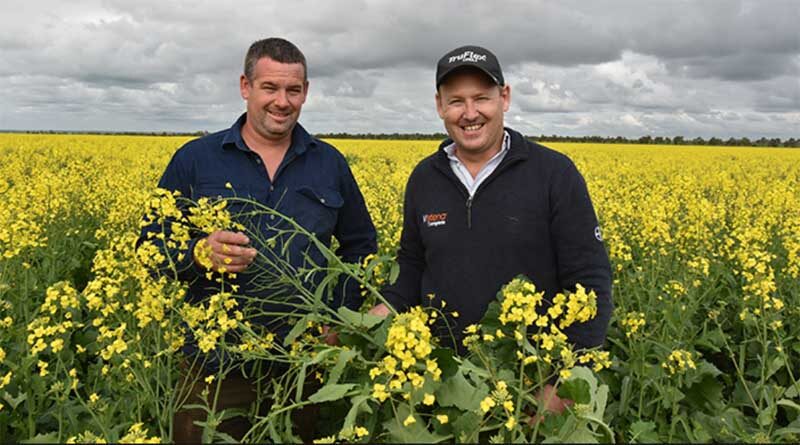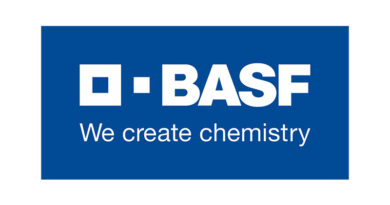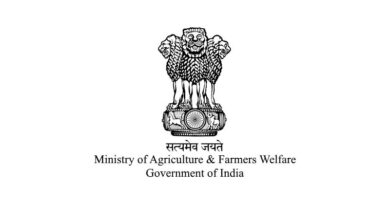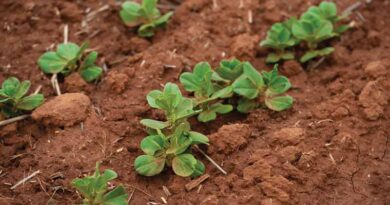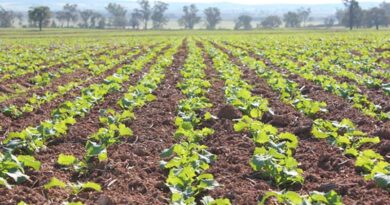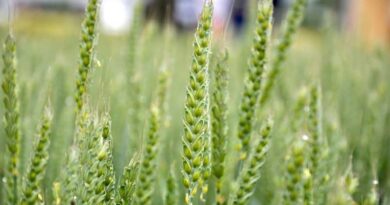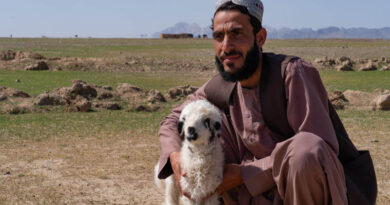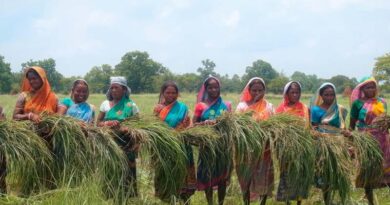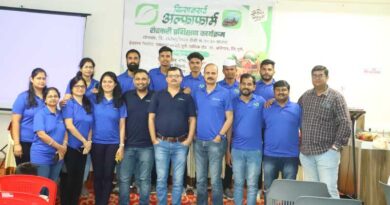Third-generation Eyre Peninsula farmer reaps TruFlex® canola rewards
14 September 2021, Australia: As a third-generation farmer from Cummins, Jarrod Phelps values the importance canola plays in crop rotations for his region, and is passionate about ensuring coexistence between crops.
Canola performs strongly in the region’s environment and across variable soil types, while providing satisfactory annual ryegrass control – staying on top of resistance – is vital to the sustainability of this success over the long-term.
Also Read: Dr. Pramod Kumar Meherda IAS appointed as Joint Secretary Plant Protection
“In recent years, a widespread problem in our region is that 0.5 L/ha of clethodim hasn’t been effective in controlling ryegrass. GM canola has provided a solution to that,” Mr Phelps said.
For Mr Phelps, the big difference between TruFlex canola and other canola varieties is the ability to grow a more profitable break crop on his acid soils, while achieving far greater weed control.
“TruFlex has provided us with a valuable tool as part of an integrated approach to weed management. The task now is to ensure that we do not build up glyphosate resistant weed populations. This is a challenge I know many growers across Australia are faced with,” Mr Phelps said.
“Our plan is to continue to grow cereals, pulses and TruFlex canola in our rotation to best utilise all chemistry as effectively and sustainably as possible, along with harvest weed seed control techniques to strive for best practice weed control.”
Identifying the importance of successful coexistence, TruFlex canola with Roundup Ready Technology supports the successful management of segregation on farm, with Bayer-led compulsory accreditation and stewardship requirements supporting farmers in successfully and sustainably implementing GM canola into their crop rotation.
“The stewardship program run by Bayer is very beneficial. It’s necessary to make sure all growers, GM and non-GM, understand all aspects of the technology. It also instilled the need to be custodians of the technology to protect long-term viability, and to be diligent about possible contamination.”
Ensuring segregation between GM canola crops and regular canola varieties is important to manage the integrity of grain supply-chains and the sustainability of agricultural production. Five metres of separation distance between GM canola and non-GM canola and all other canola mitigates the risk of cross-pollination to be less than 0.9 per cent for grain production, while 400 metres is needed between GM canola and foundation seed canola for seed production.
“Ensuring there’s no contamination between GM and non-GM canola is a big deal for all growers – and something that I want to ensure I manage effectively for my sake and my neighbours. For this reason, I intend to harvest our non-GM canola first, before starting on my GM canola to avoid contamination from grain handling equipment. Maintaining sustainable practices is key to protecting the future of our region’s canola crops.”
Although some growers are sitting out of the first production cycle of TruFlex canola this season, Mr Phelps believes growers are pleased with its introduction.
“I think once they see this production cycle go through without problems, then there will be widespread adoption of TruFlex canola in South Australia going forward,” Mr Phelps said.
“In my view, the uptake of TruFlex canola on the Lower Eyre Peninsula is almost certain to increase as growers continue to see the benefits.”
TruFlex Canola with Roundup Ready Technology provides flexible options for farmers to manage weeds on farm. For more information, visit www.roundupreadycanola.com.au.
TruFlex® and Roundup Ready® are Registered Trademarks of the Bayer Group

